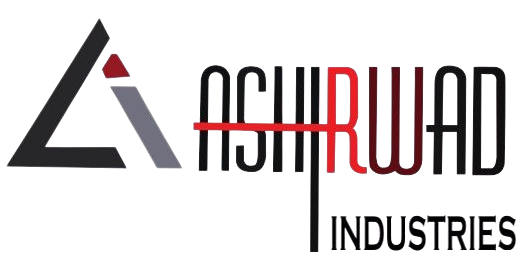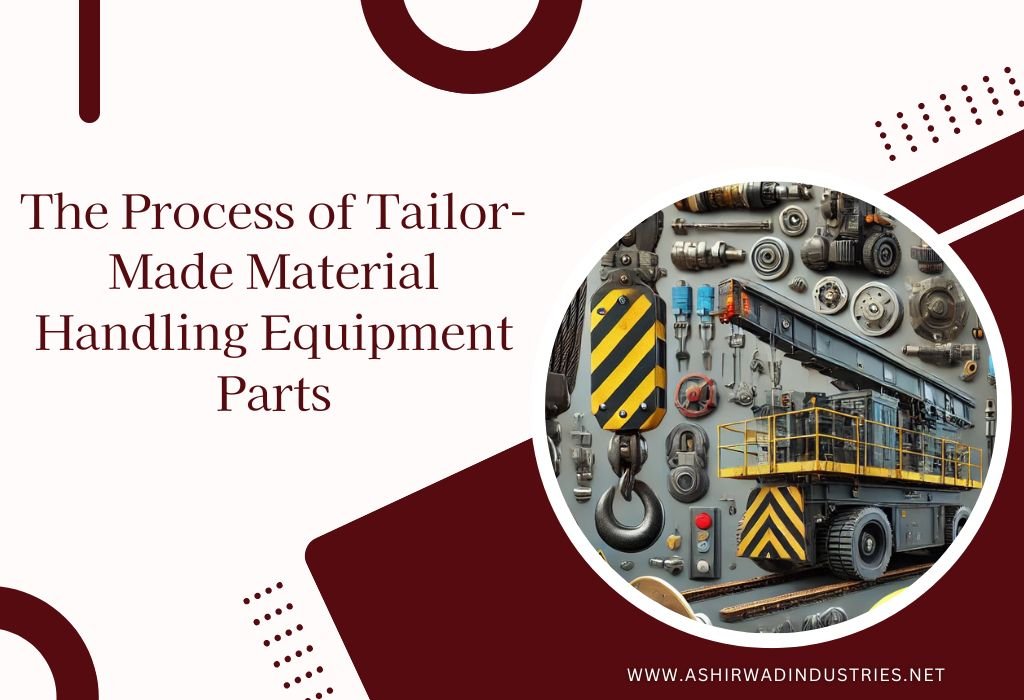-
Mar, Sun, 2025
How to Compare Suppliers for Custom Crane Parts: A Buyer’s Checklist
Choosing the right supplier for custom crane parts is as important as the parts themselves. With the right supplier, you ensure that every component meets high standards and performs reliably. This blog provides a practical checklist for comparing potential suppliers, helping you make an informed decision.
- Evaluate Experience and Reputation
- Industry Track Record: Start by researching how long the supplier has been in the custom manufacturing space. Look for case studies, client testimonials, or industry awards that attest to their expertise.
- Reputation in the Market: Seek out reviews and references from other companies in your industry. Reliable feedback can give insights into their consistency, quality, and customer service.
Assess Technical Capabilities
- Design and Engineering Support: Verify if the supplier offers in-house design assistance. The ability to collaborate on product development is a significant advantage.
- Advanced Manufacturing Techniques: Check if the supplier uses state-of-the-art production methods (e.g., CNC machining, robotic welding, 3D printing) that guarantee precision and efficiency.
- Testing and Certification: Ensure that the supplier regularly performs rigorous testing on their products and maintains relevant certifications.
Compare Quality Control Processes
- Inspection Routines: A thorough quality control system is essential. Inquire about the testing procedures and quality benchmarks the supplier uses to certify each batch.
- Consistency of Production: Look for evidence of consistency in product quality. This could be through documented performance metrics or third-party audits.
Analyze Cost Structures
- Competitive Pricing: Request detailed quotations from multiple suppliers. Compare not only the prices but also what is included—such as testing, certification, and after-sales support.
- Value Over Time: Consider the total cost of ownership. Higher-quality components may have a higher upfront cost but lead to savings on maintenance and downtime in the long run.
Review Lead Times and Delivery Schedules
- Production Capacity: Determine if the supplier can meet your volume requirements within the desired timeframe. A reliable partner should be transparent about their production schedules.
- Logistics and Delivery: Evaluate their delivery process, including packaging, shipping methods, and tracking capabilities to ensure timely and safe delivery.
Consider After-Sales Support and Communication
- Ongoing Support: Compare the level of post-purchase support, including technical assistance, warranty services, and availability of replacement parts.
- Communication Channels: Evaluate how the supplier communicates. Responsive, clear, and regular updates are crucial for managing production and delivery issues.
Conclusion
Using this buyer’s checklist to compare suppliers will help you identify the partner that best aligns with your operational and quality requirements. A thoughtful evaluation based on experience, technical capability, quality control, cost, and support will ensure you select a supplier who can consistently deliver high-performance custom crane parts.







